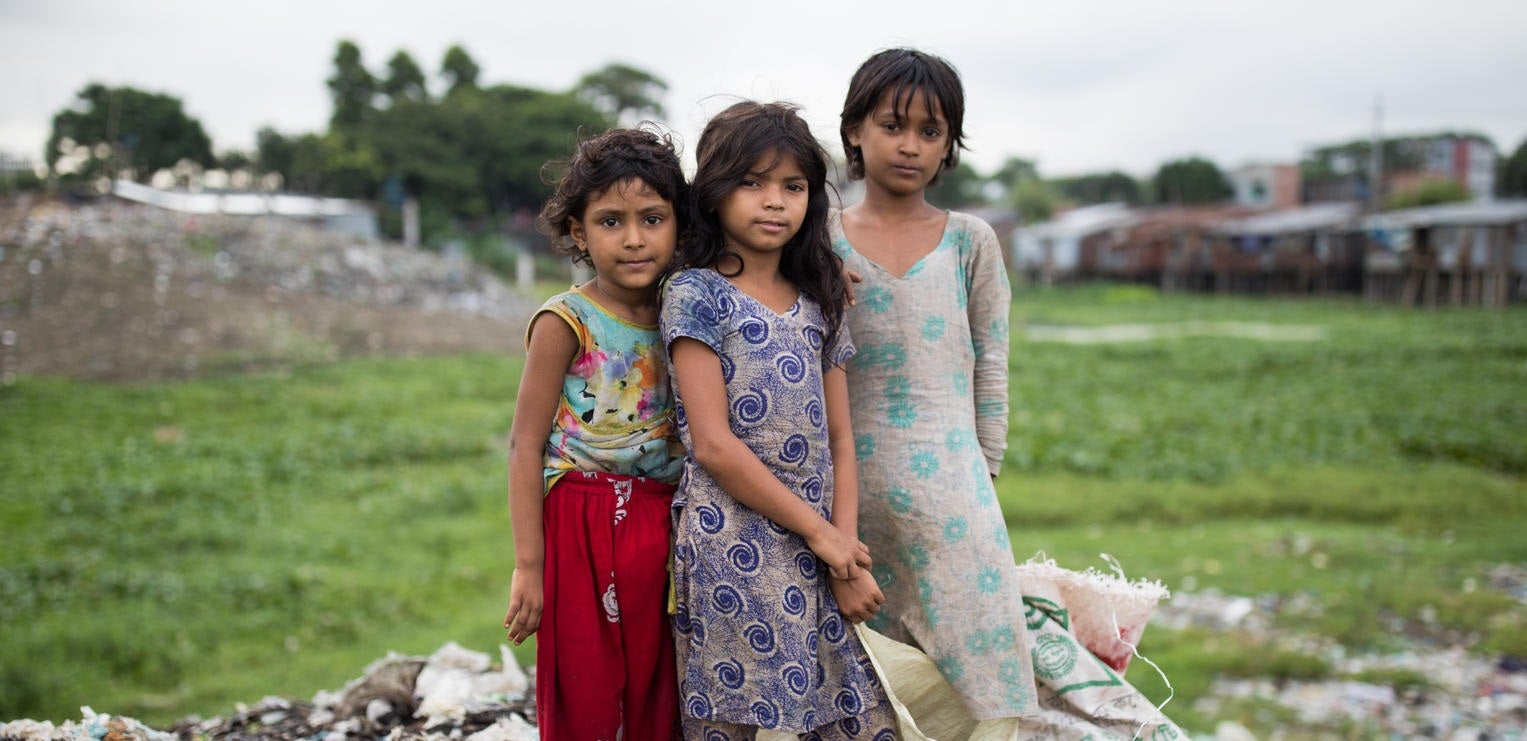
We invite your school to participate in an exciting opportunity to empower students to address the challenge of upholding children’s rights in the face of natural disasters!
1 in 6
Children in Australia experience a climate disaster or extreme weather event in an average year.
3x
A child today will experience 3x more climate disasters than their grandparents.
Children are at the forefront of climate disasters and have the least say. This innovative program puts young people at the centre of elevating children’s needs by asking them to take on the role of stakeholders tasked with protecting a chosen child right should a natural disaster strike.
Launched in 2023 by UNICEF Australia and Redlands, this Educator Excellence Awardee partnership program aligns with Stage 3 of the curriculum, blending humanitarian spirit with real-world examples and expertise. Designed for ease of participation, it includes comprehensive lesson plans, sourced resources and interactive workshops to engage your students fully. All materials are adaptable to meet the specific needs of your classroom.
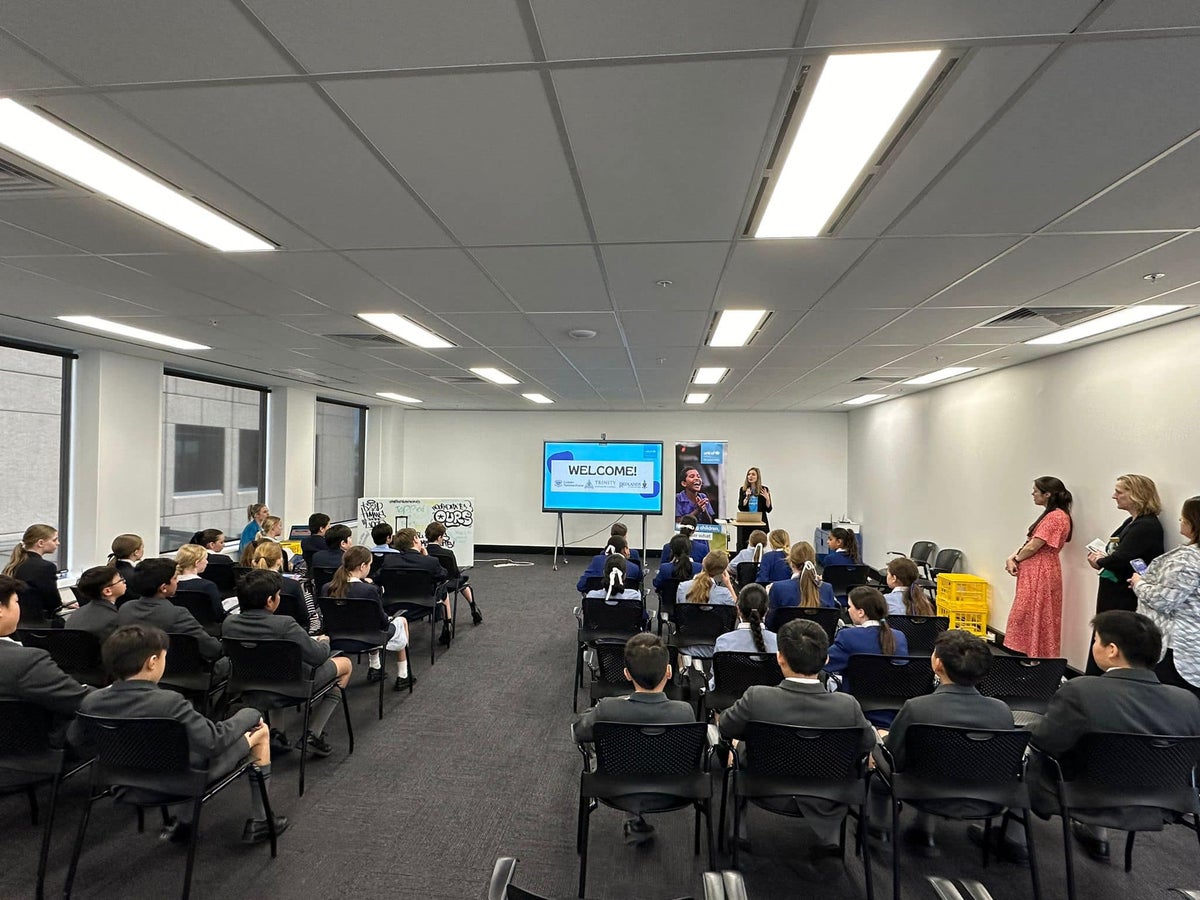
Operation Earth Action
Register your interest
Help us protect children's rights in a changing climate! Expressions of interest for 2026 are now open - sign up below.
In a world facing significant challenges from climate change and natural disasters, it is inspiring to see young minds proactively addressing these issues. This program is a reminder to hold the human experience at the centre of any innovative solution.
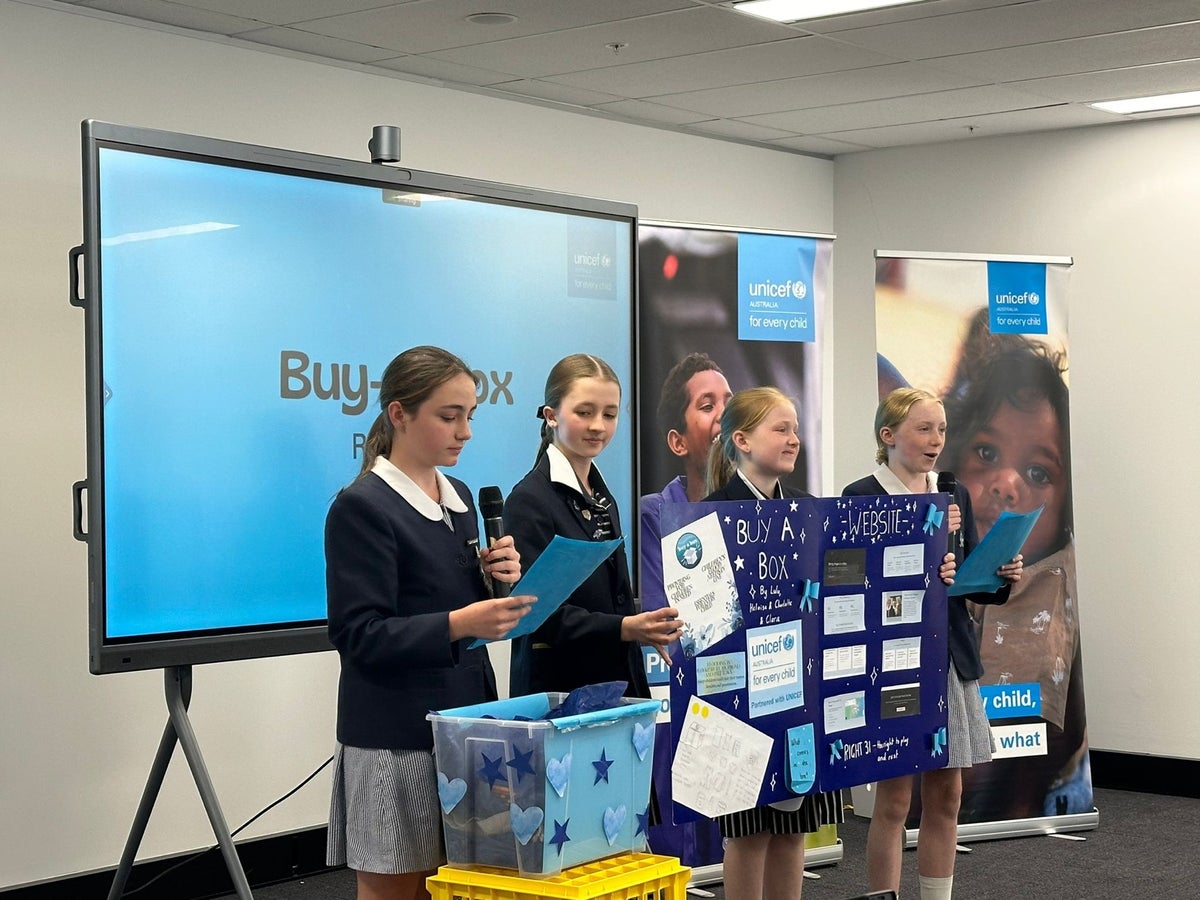
What does the program look like for students?
Students learn about natural disasters and child rights before receiving a scenario brief from UNICEF Australia about a disaster. In response, they form teams and embark on a design sprint to prototype innovative solutions from the perspective of stakeholders involved in a response. The top three teams from each school then present their solutions and prototypes to UNICEF Australia.
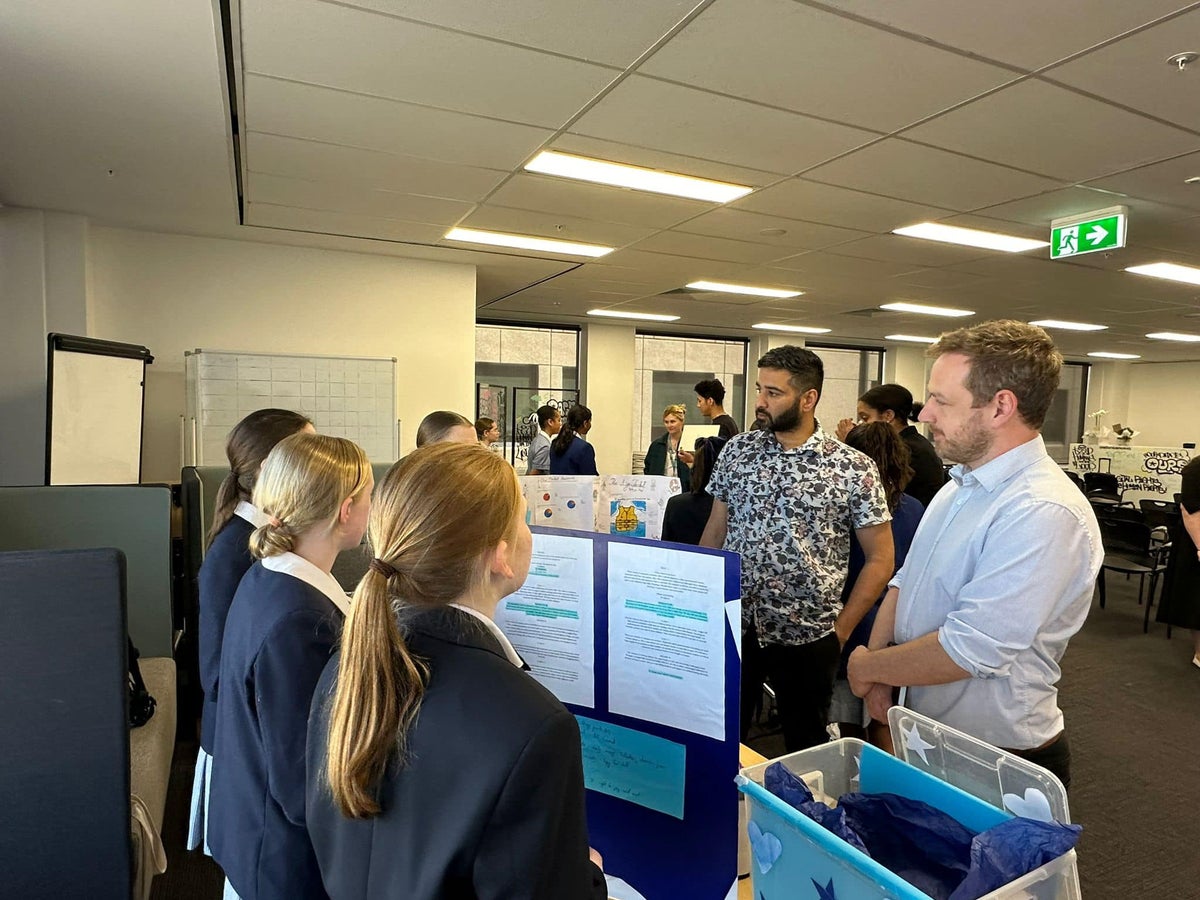
What's included?
- Resources: Access to adaptable lesson plans and student resources on natural disasters, tailored for Stage 3 geography, science, and technology.
- Teacher’s Workshop: Participate in a professional development workshop led by Liz Green from Redlands. Liz, a co-developer of the program, will guide you through the design thinking aspects, sharing her extensive knowledge. Either in person if in Sydney or virtually.
- UNICEF Workshops: Child Rights and Design Thinking workshops run by UNICEF Australia staff at your school. These sessions educate students on children's rights, especially in disaster contexts. Schools are responsible for providing a suitable space, materials for poster marking and access to a screen for a PowerPoint.
- Video Brief: A ‘call to action’ video brief from UNICEF Australia to set the scene and launch students into their challenge.
- Final Pitch Event: The top three student groups from your school will compete in a grand final pitch event against all other finalists from participating schools. For those in Sydney, this will be in person. For those out of Sydney, your school can join virtually.
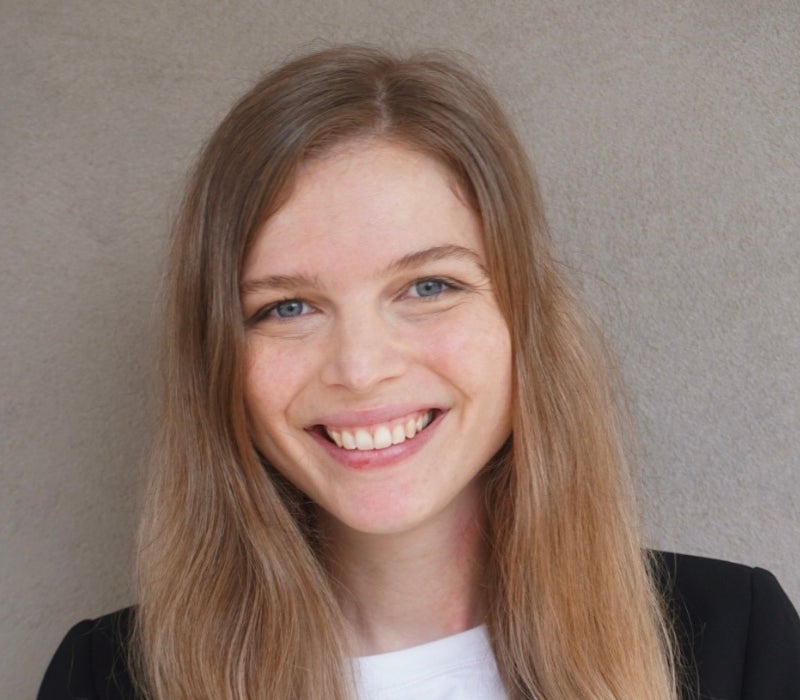
How to get involved
Zoe, our Child and Youth Engagement Manager
If you have any further questions, please feel free to reach out to Zoe:


